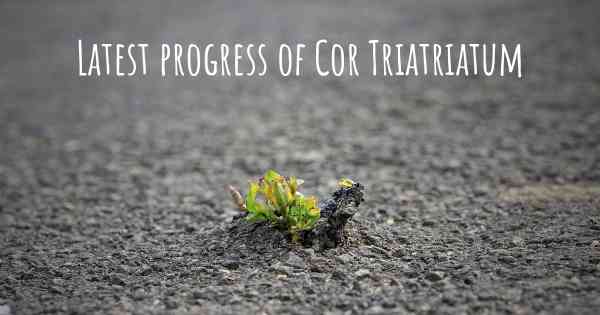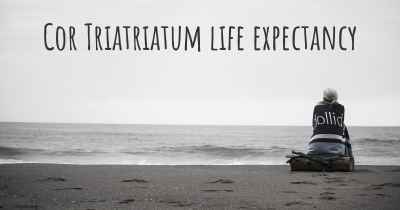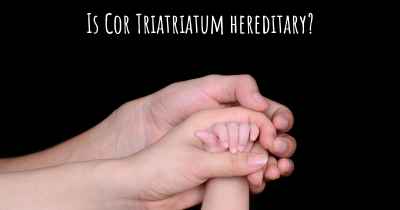What are the latest advances in Cor Triatriatum?
Here you can see the latest advances and discoveries made regarding Cor Triatriatum.

Cor triatriatum is a rare congenital heart defect characterized by the presence of a membrane that divides the atrium into two chambers. This condition can lead to various complications, including impaired blood flow, valve dysfunction, and increased risk of blood clots. Over the years, significant advances have been made in the diagnosis and treatment of cor triatriatum, improving patient outcomes and quality of life.
Diagnosis
Accurate diagnosis of cor triatriatum is crucial for appropriate management. In recent years, advancements in imaging techniques have greatly facilitated the identification of this condition. Echocardiography, particularly transesophageal echocardiography (TEE), has become the gold standard for diagnosing cor triatriatum. TEE provides detailed images of the atrial septum, allowing for precise visualization of the membrane and its impact on blood flow. Additionally, cardiac magnetic resonance imaging (MRI) can provide valuable information about the anatomy and function of the heart, aiding in the diagnosis and treatment planning.
Treatment
The treatment of cor triatriatum typically involves surgical intervention to remove or fenestrate the membrane, restoring normal blood flow and relieving symptoms. Recent advances in surgical techniques have significantly improved outcomes for patients with this condition.
Minimally invasive approaches: In recent years, minimally invasive surgical techniques have gained popularity in the treatment of cor triatriatum. These approaches involve smaller incisions, resulting in reduced surgical trauma, shorter hospital stays, and faster recovery times. Minimally invasive procedures, such as video-assisted thoracoscopic surgery (VATS) and robotic-assisted surgery, offer excellent visualization and precision, allowing surgeons to safely remove or fenestrate the membrane.
Transcatheter interventions: Another exciting development in the treatment of cor triatriatum is the use of transcatheter interventions. This approach involves accessing the heart through a catheter inserted into a blood vessel, eliminating the need for open-heart surgery. Transcatheter techniques, such as balloon dilation and stenting, have shown promising results in selected cases of cor triatriatum, particularly in patients with smaller membrane defects.
Long-term management
Following surgical intervention, long-term management plays a crucial role in ensuring optimal outcomes for patients with cor triatriatum. Regular follow-up visits with a cardiologist are essential to monitor cardiac function, assess for any residual defects, and manage potential complications.
Anticoagulation therapy: Due to the increased risk of blood clots associated with cor triatriatum, anticoagulation therapy may be necessary to prevent thromboembolic events. The choice of anticoagulant and duration of therapy depend on various factors, including the size of the membrane defect and the presence of other comorbidities.
Genetic counseling: Cor triatriatum can be associated with certain genetic syndromes. Therefore, genetic counseling may be recommended for patients and their families to assess the risk of recurrence and provide appropriate guidance.
Conclusion
In conclusion, significant advances have been made in the diagnosis and treatment of cor triatriatum. Improved imaging techniques, such as TEE and cardiac MRI, have enhanced the accuracy of diagnosis. Minimally invasive surgical approaches and transcatheter interventions have revolutionized the treatment of this condition, offering patients less invasive options and faster recovery times. Long-term management, including anticoagulation therapy and genetic counseling, plays a crucial role in optimizing outcomes for patients with cor triatriatum. With ongoing research and technological advancements, the future holds even more promising developments in the field of cor triatriatum management.








